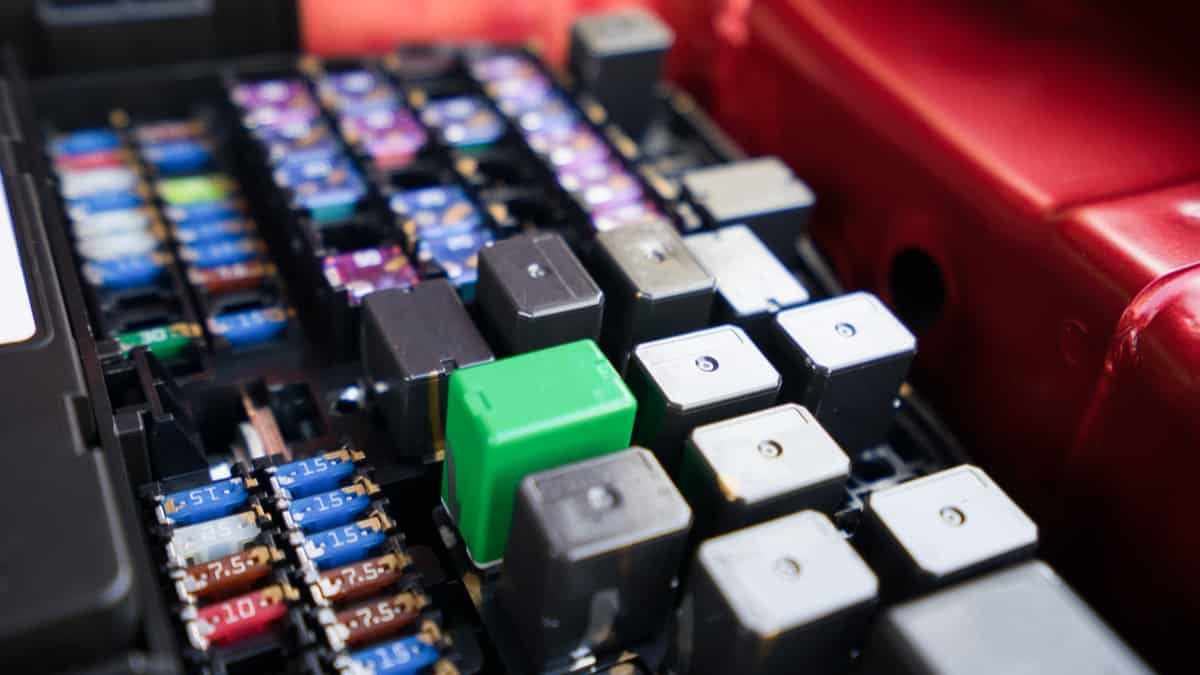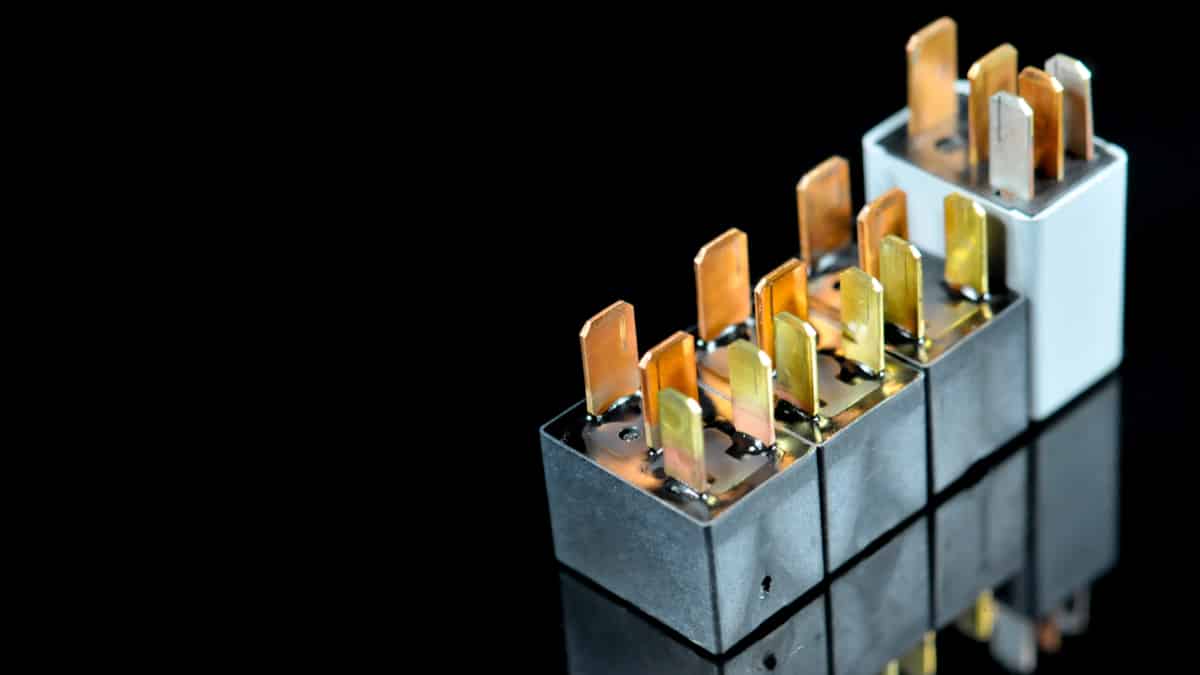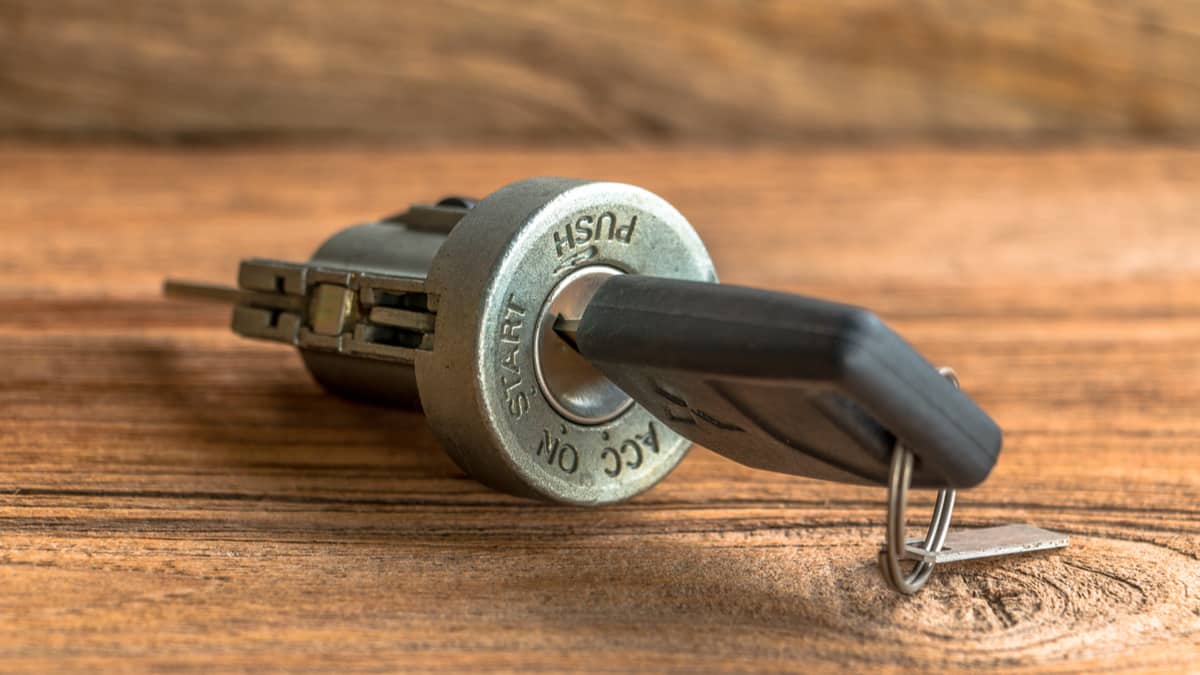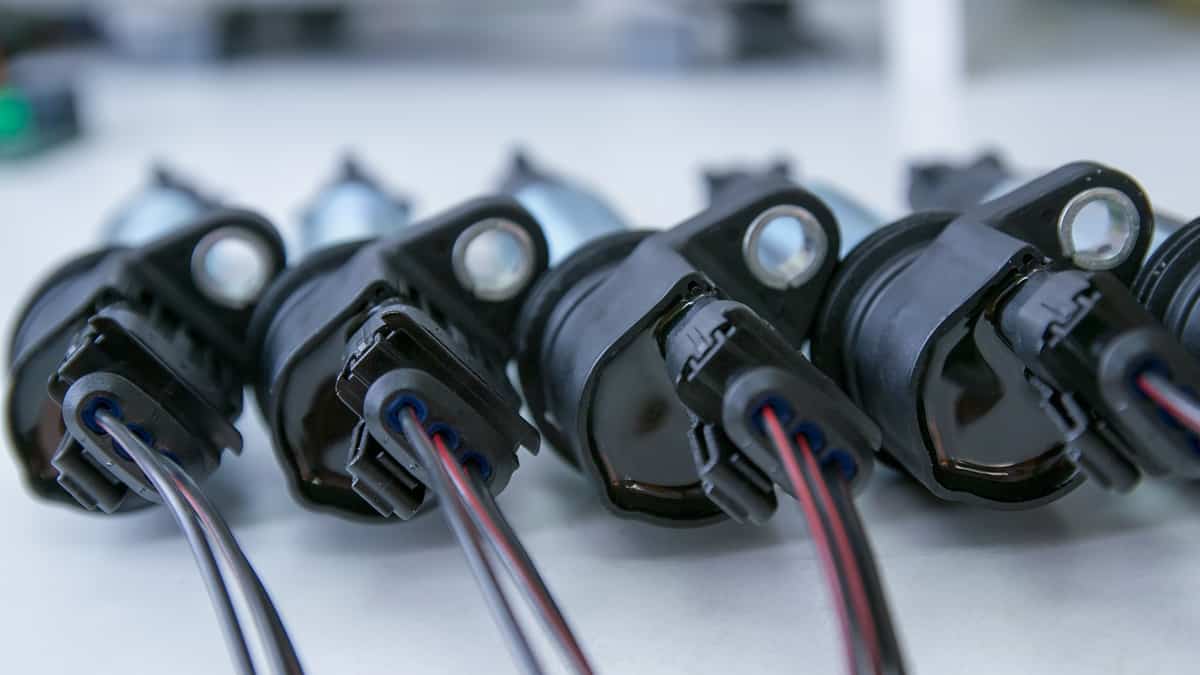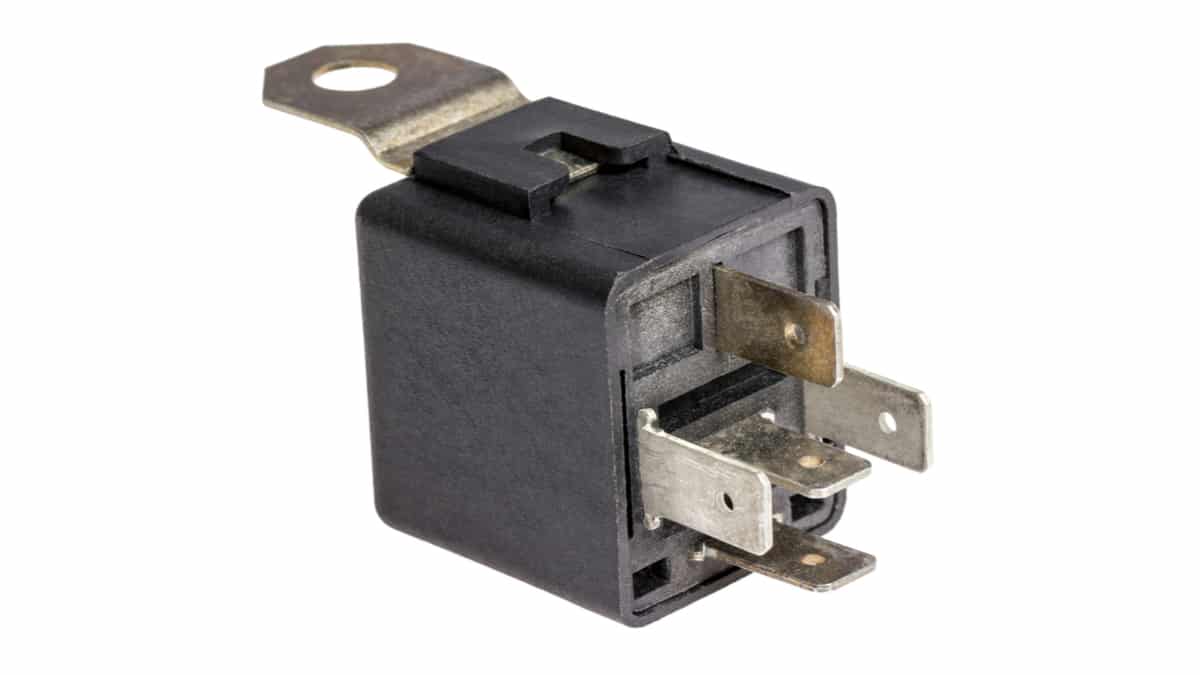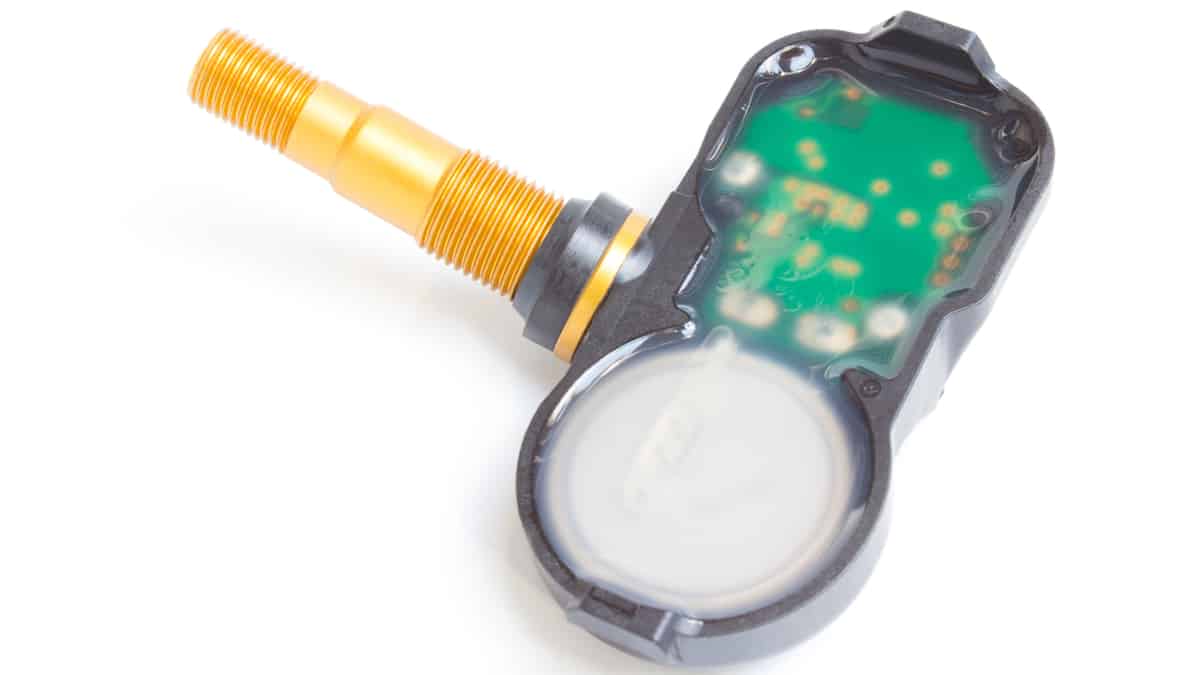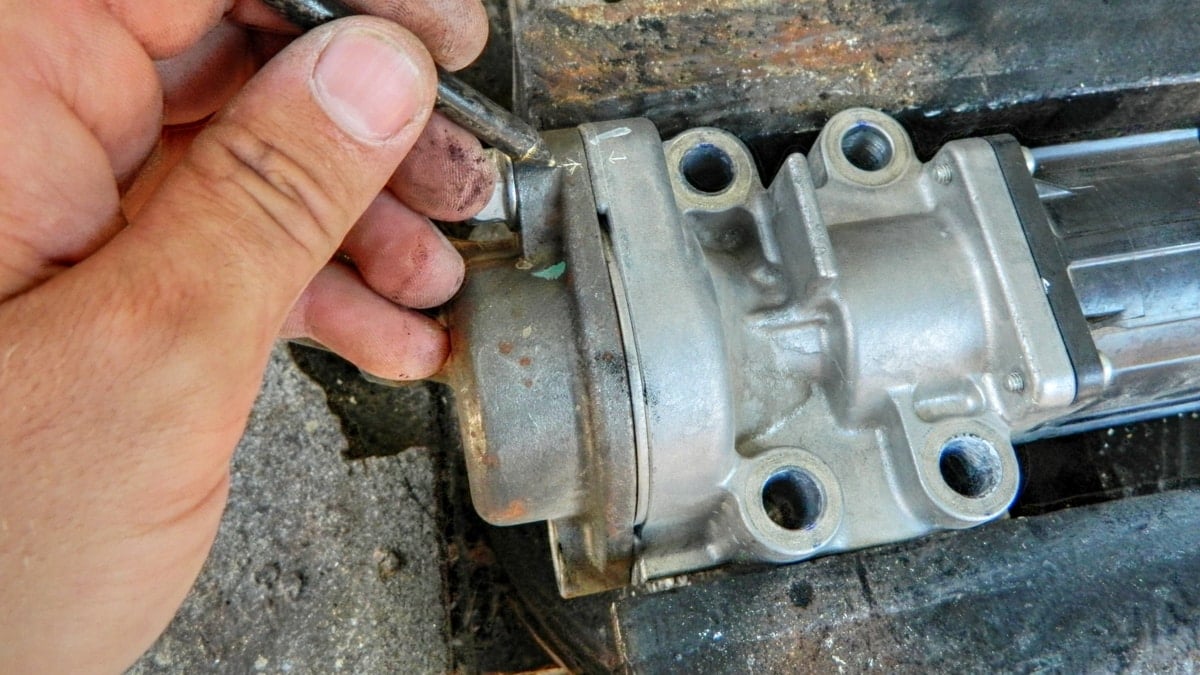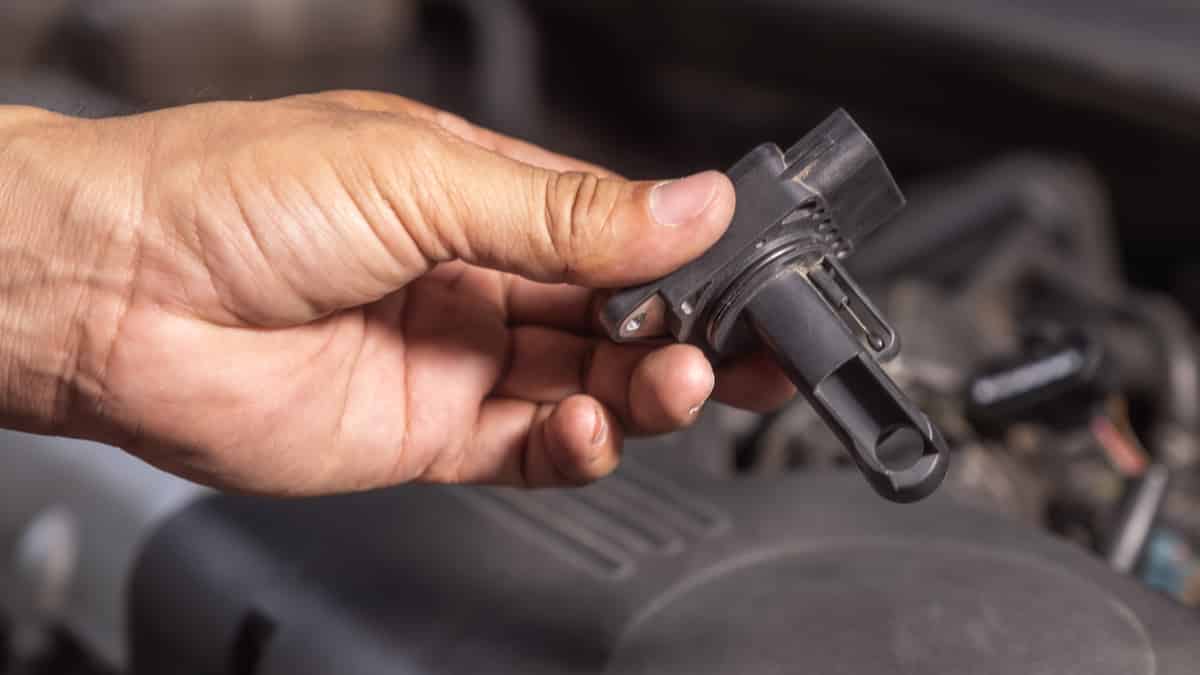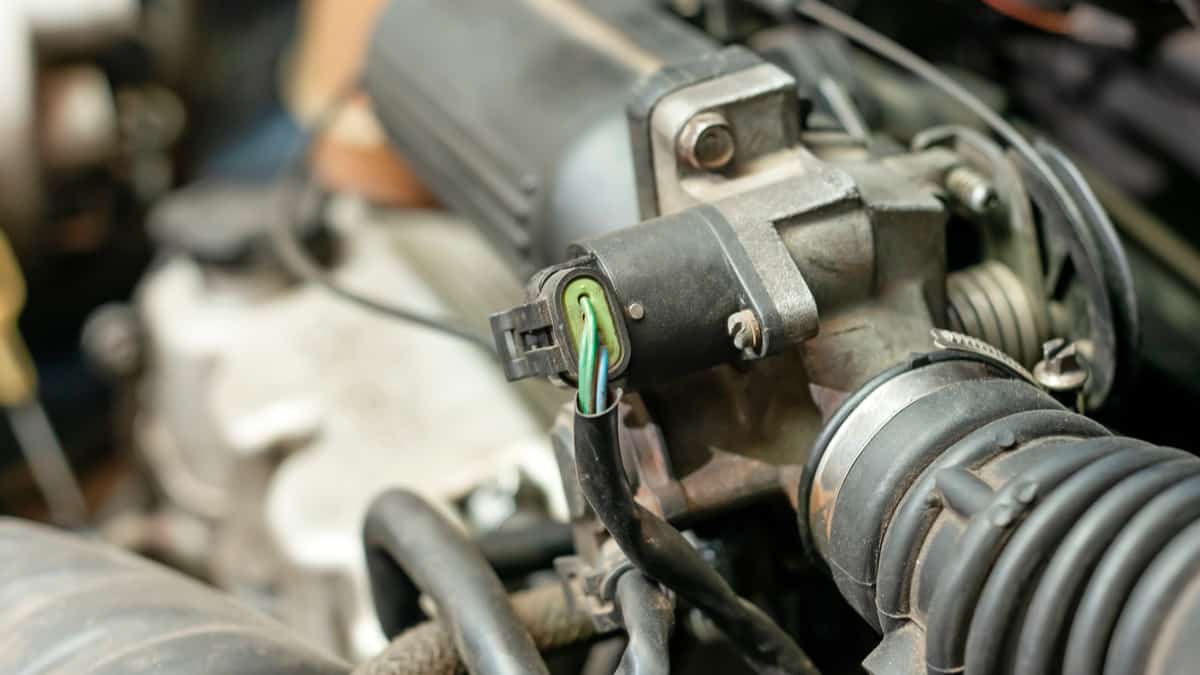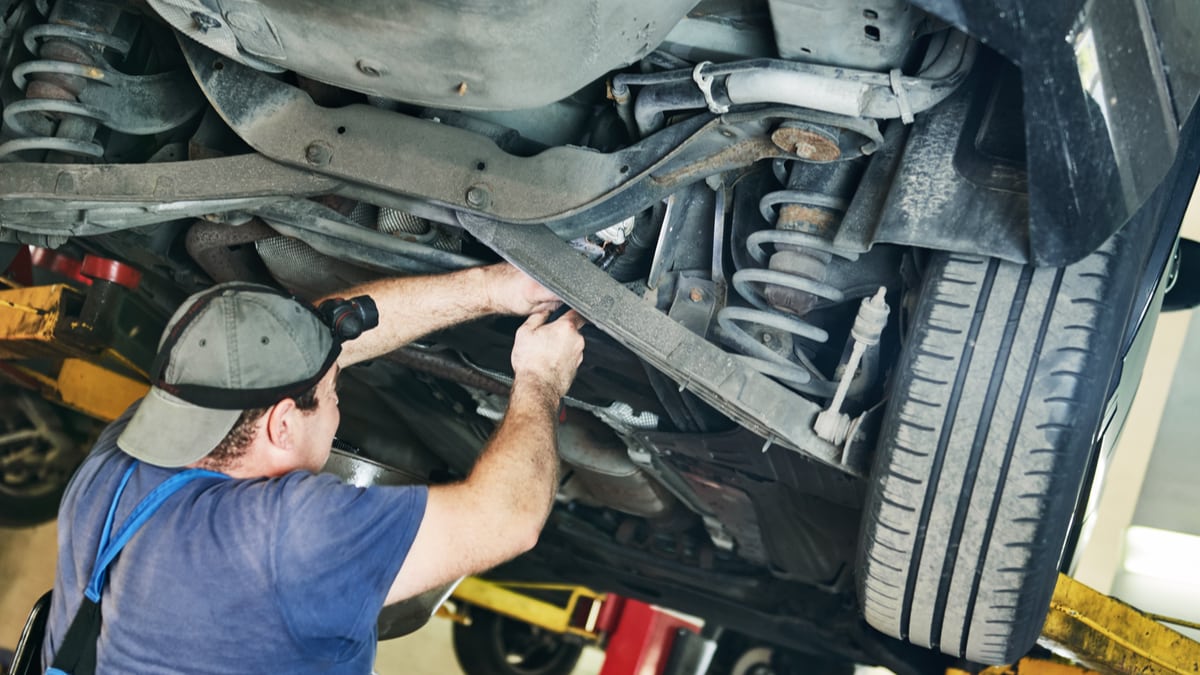The ignition relay’s job is to give out an uninterrupted electricity supply to many of your car’s components.
The ignition relay is usually found in the fuse box situated underneath the hood or somewhere under the car’s dashboard. It transfers electricity from the battery to the ignition components, which allows you to start the car in the blink of an eye.
However, if the relay fails to perform up to its standards, you will start experiencing problems not just in one, but many engine components such as the fuel pump and the ignition coil, among others.
Symptoms Of A Bad Ignition Relay
The most common symptoms of a bad or failing ignition relay are an unresponsive ignition, stalling engine while driving, fluctuating ignition power, and a dead car battery. You may also notice a burnt electronic smell if there is a circuit short somewhere.
An ignition relay normally sits with a few other relays and fuses in the fuse box found in the engine bay. The area under the hood is open to contaminants and pollutants like dirt and debris, which are a common reason behind ignition relay failure.
Here is a more detailed list of the signs of a bad or failing ignition relay to look for:
1. Ignition is Unresponsive
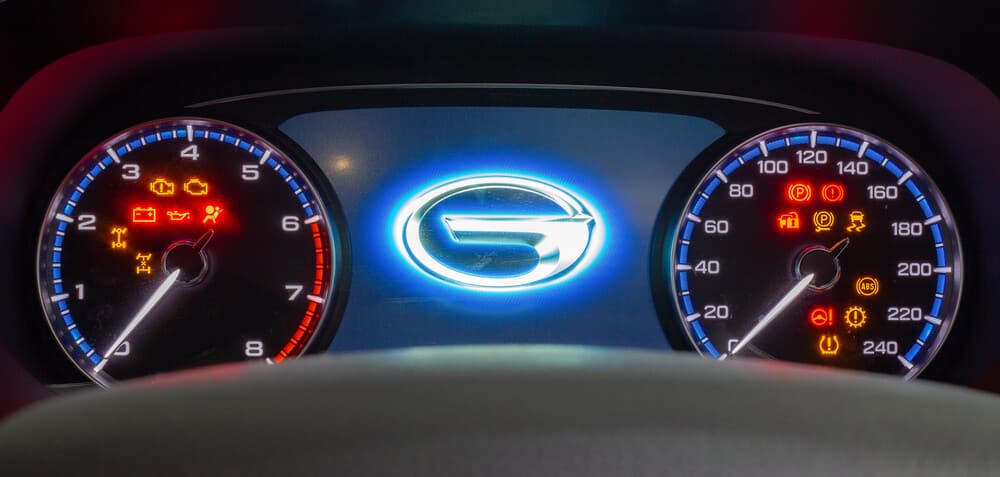
The ignition relay’s primary job is to give power to all control modules and sensors in your car needed for the engine to run.
If nothing happens on your dashboard when you turn the key in the ignition lock and you are sure that the car battery is charged, there is a big risk that something is wrong with the ignition relay.
These issues need to be solved as soon as possible. Otherwise, you will be forced to travel without your car.
RELATED: Symptoms of a Bad Fuel Pump Relay & Location
2. Engine Stalls

The ignition relay supplies power to essential engine parts like the fuel pump and the ignition coils. Without these components, your engine will die imminently, so you can probably guess what will happen if it can’t deliver power to them.
If your car shuts off while driving, the ignition relay can be to blame.
3. Fluctuating Ignition power

If your dashboard is blinking like a table-flipping game, there may be an issue with the ignition relay.
Situations occur when corrosion occurs inside of the ignition relay. This can cause the connection area inside the relay to become too small, which will cause the ignition to shut off and on super fast.
RELATED: Symptoms of a Bad Main Relay
4. Dead Battery after night

When you switch off the ignition key, the ignition relay should also shut off power to all engine components; otherwise, it will drain the car battery when you let the car stand over the night.
When the ignition relay fails, it can cause the ignition system to be activated constantly, even when you have removed the keys from the ignition.
This means the circuit will not open after you remove the key, and the battery will drain.
Therefore, if you are looking at a battery that has died even though it was working perfectly the day before, the ignition relay could have been the cause.
5. Bad electronic smell

Bad connection when it comes to electronics creates heat. An ignition relay with corrosion, rust, or water inside of it can get a bad connection inside it, and this will cause a lot of heat.
Often you can see that the plastic cover melted over the relay. If you have experienced a burnt electronic smell before – you should absolutely check the ignition relay the next time you can feel it.
What is an Ignition Relay?
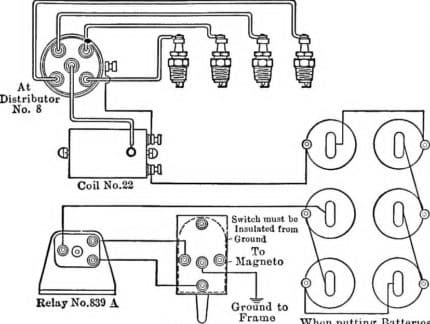
The ignition relay is basically an electrical device that works as a switch for the power to the ignition system and your vehicle’s fuel system. The ignition relay is activated as soon as your turn on your vehicle’s ignition with the key.
The ignition relay then switches the power on and allows it to reach the systems required to be powered up so that your vehicle can function. As a result, the battery transmits the power to the ignition coil, which is then transmitted to your vehicle’s spark plugs to start the engine.
Where is the Ignition Relay Located?
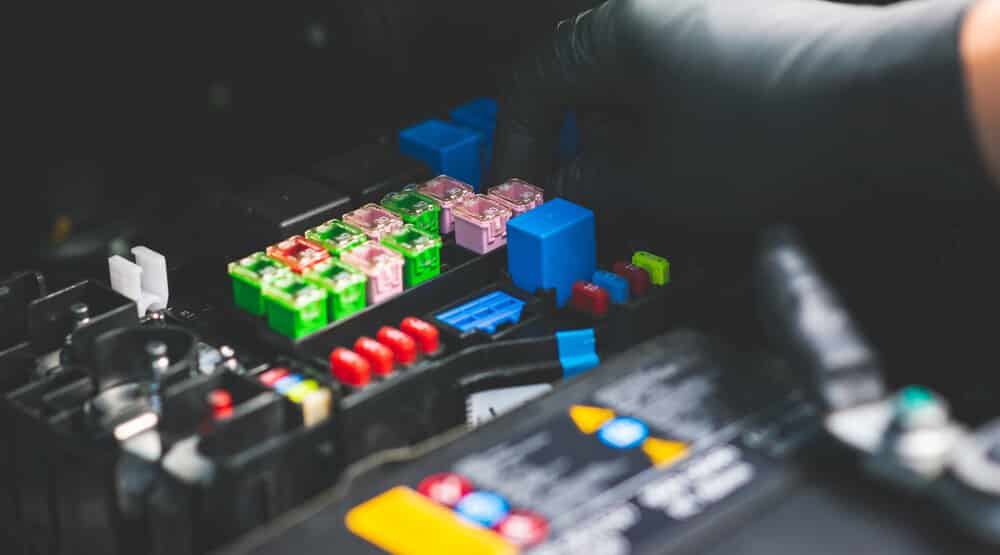
The ignition relay is often located in the fuse box under the hood. It can also be located in a fuse box under the dashboard inside of the car.
The ignition relay’s exact location may differ from vehicle to vehicle depending on the design of the vehicle and the company that manufactured it.
To easily locate the ignition relay and identify it properly, you may refer to the service manual provided to you by your vehicle’s manufacturer. It will be located in the relay panel, along with many other relays installed on it.
Ignition Relay Replacement Cost
The average ignition relay replacement cost is between $15 and $100, depending on the car model and labor costs. An ignition relay costs $5 to $50, and labor costs $10 to $50.
The ignition relay itself is often very cheap, and you can expect it to cost under $10, depending on if you want to buy an OEM original one or aftermarket.
The replacement of the ignition relay is also often very straightforward. You can expect a replacement cost of $15 to $100 if you want a mechanic to do it instead.
Testing the ignition relay
The ignition relay is often pretty easy to test depending on the relay type. Most ignition relays have 4 pins, and if you have one of these, you can follow this guide.
- Remove the ignition relay from the fuse box.
- Get a couple of cables and locate the car battery.
- Check the relay’s backside for numbers; you will probably find 30, 85, 86, and 87.
- Remove the relay from the fuse box.
- Connect 12 volts from the car battery directly to the pins 30 and 85.
- Ground the 86 pin from the ground on the car battery and you should hear a clicking sound from the relay.
- Check with a multimeter if you got 12v+ on the 87 pins. If you don’t, your ignition relay is broken.
- If you do, there can still be a problem in the relay, but you need to load-test it to find the problem. The easiest thing to load-test the relay is testing something that draws a lot of power through the pin 87, like a fuel pump or something similar.
Is a starter relay and an ignition relay the same thing?
No. A starter relay is responsible for sending power from the battery to the starter motor, which turns over the engine to start it. An ignition relay is responsible for sending power from the battery to the ignition system, which sends power to all electric consumers and then starts the engine. So a starter relay and an ignition relay are both responsible for starting the engine, but they are different parts with different functions.
How do you bypass an ignition relay?
Bypassing an ignition relay is quite easy. You can bypass it by cutting a wire and bridging the pins. However, you need to know what you are doing and need to use a wiring diagram to figure out which pins to bridge. If you do something wrong, you can damage the electrical system, which can lead to very expensive repairs.
Does a clicking ignition relay mean it’s bad?
A clicking ignition relay can indicate a few different things. It could be a sign that the relay is going bad, or it could be a sign that there is an issue with the electrical power or ground coming to the relay. Measure it with a multimeter to ensure you get the right voltage to the relay.
Does the ignition need a relay?
Yes. The electrical consumers in a car require a lot of power, and if you do not use an ignition relay, the ignition switch will melt quite quickly. Relays are cheap, and there are no reasons not to use one.
If you are experiencing any of these symptoms or other electrical problems and feel that you don’t have the right knowledge, it is important to have a mechanic diagnose your ignition relay as soon as possible. Electrical problems are often serious and can lead to further damage if left unchecked.
The easiest way to start a diagnosis when you have an electrical problem in a modern car model is to connect a diagnostic tool and read the fault codes from the control modules.
Learn more:
- 6 Symptoms of a Bad Car Battery
- Dead Car Battery – Causes & What to do
- How to Jump Start a Car (6 Easy Steps)
Categories: Electric
